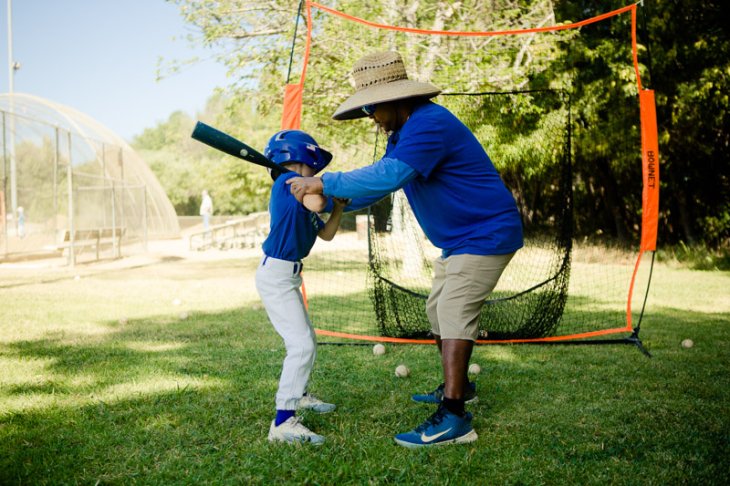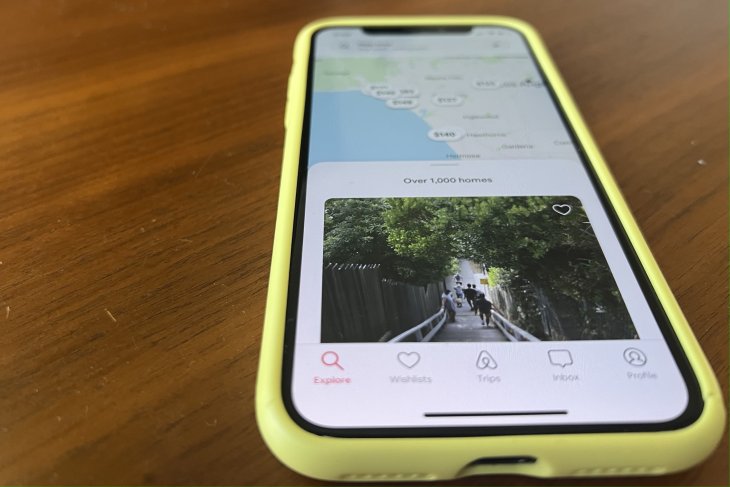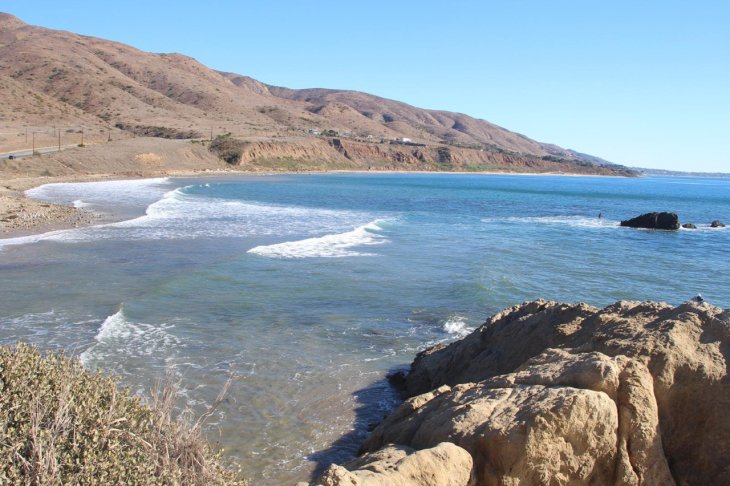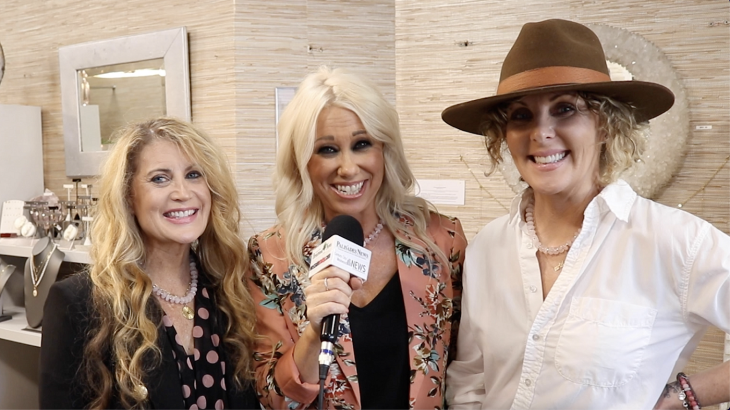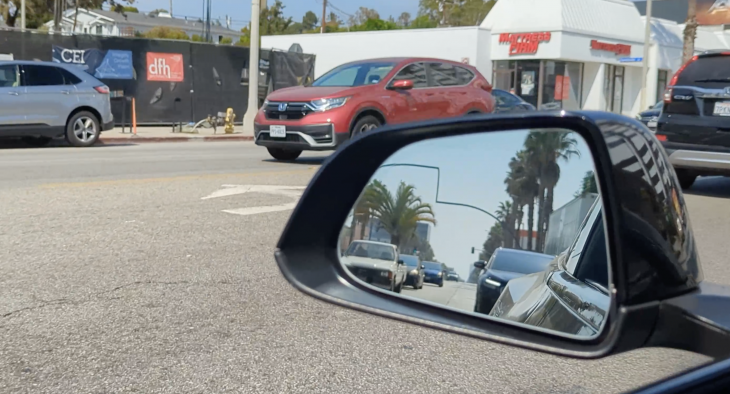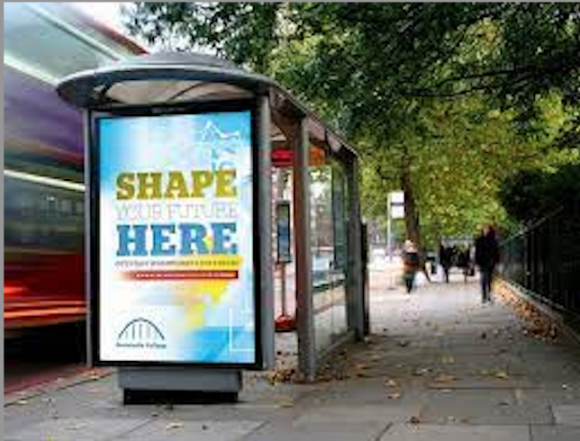An effort to reduce the organic waste thrown into California’s landfills was put into effect at the start of 2022. What this means for businesses and individuals is that you’re no longer allowed to toss your organic material, such as food scraps, in the trash. Having a bin full of decomposing food may not sound like the most appealing thing in the world, but luckily the town will collect it for you each week along with your trash and recycling.
What Is Organic Waste?
When complying with this new law, it’s helpful to fully understand what is considered organic waste, trash, and recycling so you know how to separate these properly. Organic material can be separated into four different categories:
- Food soiled paper
- Non-hazardous wood waste
- Food waste
- Green (plant) waste
Examples of items you can throw away in the green bin include:
- Bones
- Vegetables
- Paper plates
- Eggshells
- Grains
- Coffee grounds
- Fruits
Items thrown into the green bins should be materials that can easily be broken down, such as your bamboo paper towel waste and grass or dead plants from your yard. It may take some time for you to learn how to separate items properly, but soon enough it’ll become second nature.
The Benefits of Composting
Composting is a lot easier than one might think, it just comes with adjusting behaviors you’re been used to for many years. When you compost, you help the environment in more ways than you may realize, such as helping to promote healthier plant growth, reducing waste, fighting climate change, improving the health of the soil, and also helping prevent soil erosion.
Approximately one-third of what fills up California landfills is organic materials. If you can consider how unpleasant decomposing organic material smells, think about the magnitude in the local landfills and how they’re negatively affecting the environment. When organic matter rots, it produces greenhouse gasses, which in turn contribute to global warming.
Get Involved in Your City
The last thing anyone wants is to step outside and see trash dumped everywhere. With such populated cities, it can be normal to see litter everywhere you look. If you’d like to start making a difference, you can attend local clean-up days that focus on cleaning certain areas, such as public parks. You can also try to organize your own and make a day out of it, getting your family, friends, and neighbors involved.
Positive actions are often contagious, and sometimes it just takes one person showing an initiative to clean public places to get more people motivated to do the same.
How You Can Help the Environment
There are many things you can do to help the environment, such as going eco-friendly in most aspects of your life. Ditch the things that cannot be recycled or broken down, and try to find natural items instead with biodegradable packaging. Cut down on your waste as much as possible, and reuse or donate the items you no longer need. Get a bamboo toilet paper subscription instead of using traditional toilet paper that could be bad for the environment. You can get creative and find ways to repurpose items you’d normally throw away, such as plastic bottles, instead of tossing them.
Small steps can lead to big changes, even if it’s just one person making them. Try taking some time to clean out your pantry and donate any unwanted food to your local food bank. Become vocal about what you’re doing and why you’re doing it. Try to challenge yourself each day to find more ways to do good things for the environment, such as buying less plastic and planting more plants.








